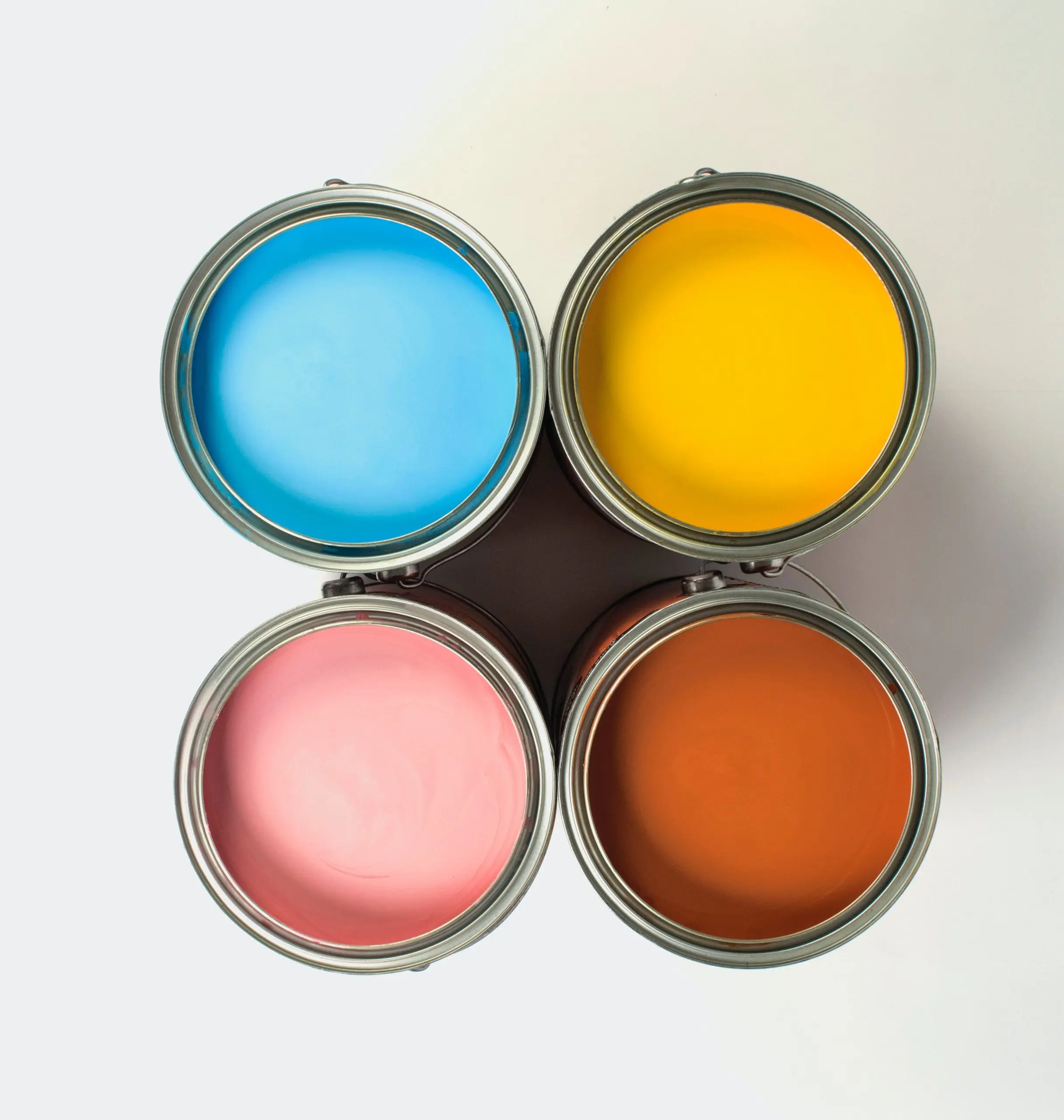When it comes to enhancing the appearance of uPVC surfaces, a common question arises: “What paint can I use on uPVC?”
uPVC, or unplasticised polyvinyl chloride, is a widely used material in construction, prized for its durability, weather resistance, and low maintenance. However, if you want to change the color or refresh the look of your uPVC windows, doors, or other fixtures, choosing the right paint is crucial for achieving a lasting finish.
In this comprehensive guide, we’ll explore everything you need to know about uPVC painting, including understanding the material, selecting the appropriate paint types, and applying it effectively to transform your uPVC surfaces and enhance your home’s curb appeal.
Understanding uPVC
Before exploring how to paint uPVC, it’s important to understand what uPVC is and why it’s commonly used in construction. uPVC stands for unplasticised polyvinyl chloride, a synthetic plastic polymer noted for its exceptional durability, rigidity, and resistance to chemical corrosion.
This material is frequently used for windows, doors, gutters, and other exterior fixtures because it resists rot, corrosion, and fading over time. While uPVC is typically found in a classic white finish, painting offers a way to customize and rejuvenate its appearance without compromising its practical benefits.
Why Paint uPVC?
Despite uPVC’s strong built-in durability and low maintenance, painting your uPVC surfaces can offer several advantages:
- Aesthetic Enhancement: Change the color and refresh the look of your uPVC fixtures to complement your home’s design.
- Personalisation: Add a unique touch to your exterior, tailoring it to your personal style.
- Restoration: Restore faded or discolored uPVC, giving it a brand-new appearance.
- Protection: Apply an extra protective layer against weathering, UV rays, and environmental pollutants.
Whether you want to improve curb appeal or extend the lifespan of your fixtures, painting uPVC is a practical and affordable option.
Choosing the Right Paint for uPVC
Selecting the right paint for your uPVC is crucial for a long-lasting finish that adheres well and resists peeling. There are two main types of paint commonly used on uPVC surfaces: acrylic-based and solvent-based paints.
Acrylic-based paints are water-based, eco-friendlier, and emit low levels of volatile organic compounds (VOCs), making them safer for indoor and outdoor use. Solvent-based paints provide superb adhesion and durability but typically have higher VOC levels, so ensure proper ventilation and safety precautions.
When choosing paint, consider these factors:
- Type of uPVC Surface: Different surfaces like windows, doors, or gutters may require specific paints designed for their use.
- Colour and Finish: Pick your preferred color and finish, such as gloss, satin, or matte, depending on your aesthetic goals.
- Weather Resistance: Choose paints formulated to withstand UV exposure and harsh weather conditions to prevent fading and cracking.
- Primer Compatibility: Some paints require a dedicated uPVC primer to promote adhesion—always follow manufacturer recommendations.
- Application Method: Decide whether you’ll use brushing, rolling, or spraying techniques to apply the paint efficiently and evenly.
Consult with paint professionals or refer to manufacturer guidelines to select the best paint for your uPVC transformation project.
Surface Preparation
Proper surface preparation is the cornerstone of a smooth, durable paint job on uPVC. Follow these steps to prepare:
- Clean the Surface: Use a mild detergent or dedicated uPVC cleaner to remove dirt, grease, and grime. Rinse thoroughly and let it dry completely.
- Sand the Surface: Lightly sand with fine-grit sandpaper (around 220 grit) to create a slightly rough texture that helps paint adhesion.
- Apply Primer: Use a primer specifically formulated for uPVC, which ensures the paint adheres properly and lasts longer. Allow primer to dry fully as per instructions.
Skipping these steps can result in poor adhesion, peeling, and an uneven finish, so take your time during preparation.
Colour Options and Finishes
Painting uPVC opens up a broad spectrum of colors, from timeless neutrals like white, cream, and grey to bold, vibrant hues such as navy blue, forest green, or charcoal black. This flexibility lets you coordinate your uPVC fixtures with your home’s exterior palette or create striking accents.
You can also choose from a variety of finishes—glossy for a shiny, reflective surface; satin for a subtle sheen; or matte for a smooth, understated look. The right finish not only impacts the final appearance but also influences durability and ease of cleaning.
DIY vs. Professional Help
The decision to paint uPVC yourself or hire a professional largely depends on your experience and project size. Smaller projects, such as window frames or door trims, can be manageable for skilled DIYers who have the right tools and patience.
For larger projects, including entire uPVC facades or complex architectural details, professional painters bring the advantage of expertise, equipment, and efficiency, ensuring a smooth, high-quality finish that lasts longer.
Mastering the Art of uPVC Transformation
Transforming your uPVC surfaces with paint is a practical and cost-effective way to boost your home’s style while maintaining the material’s inherent durability. Armed with an understanding of uPVC, the right choice of paint, proper surface preparation, and effective application methods, you can achieve a stunning and resilient finish.
Whether you choose to take on the project yourself or engage professional services, a fresh coat of paint can revitalize tired uPVC fixtures, enhancing your home’s exterior and reflecting your personal taste. Embark on your uPVC painting journey today and enjoy the remarkable transformation.
Additional Insights: When painting uPVC, it’s essential to consider environmental factors such as location and climate. For instance, in areas with high UV exposure or frequent rain, using paints with UV inhibitors and waterproof properties ensures longevity. Moreover, routine maintenance post-painting, such as gentle cleaning with non-abrasive detergents, can extend the life of your painted surfaces. Lastly, advancements in paint technology have led to the availability of eco-friendly, low-VOC paints formulated specifically for plastics, enabling an environmentally responsible approach without sacrificing durability or quality.


